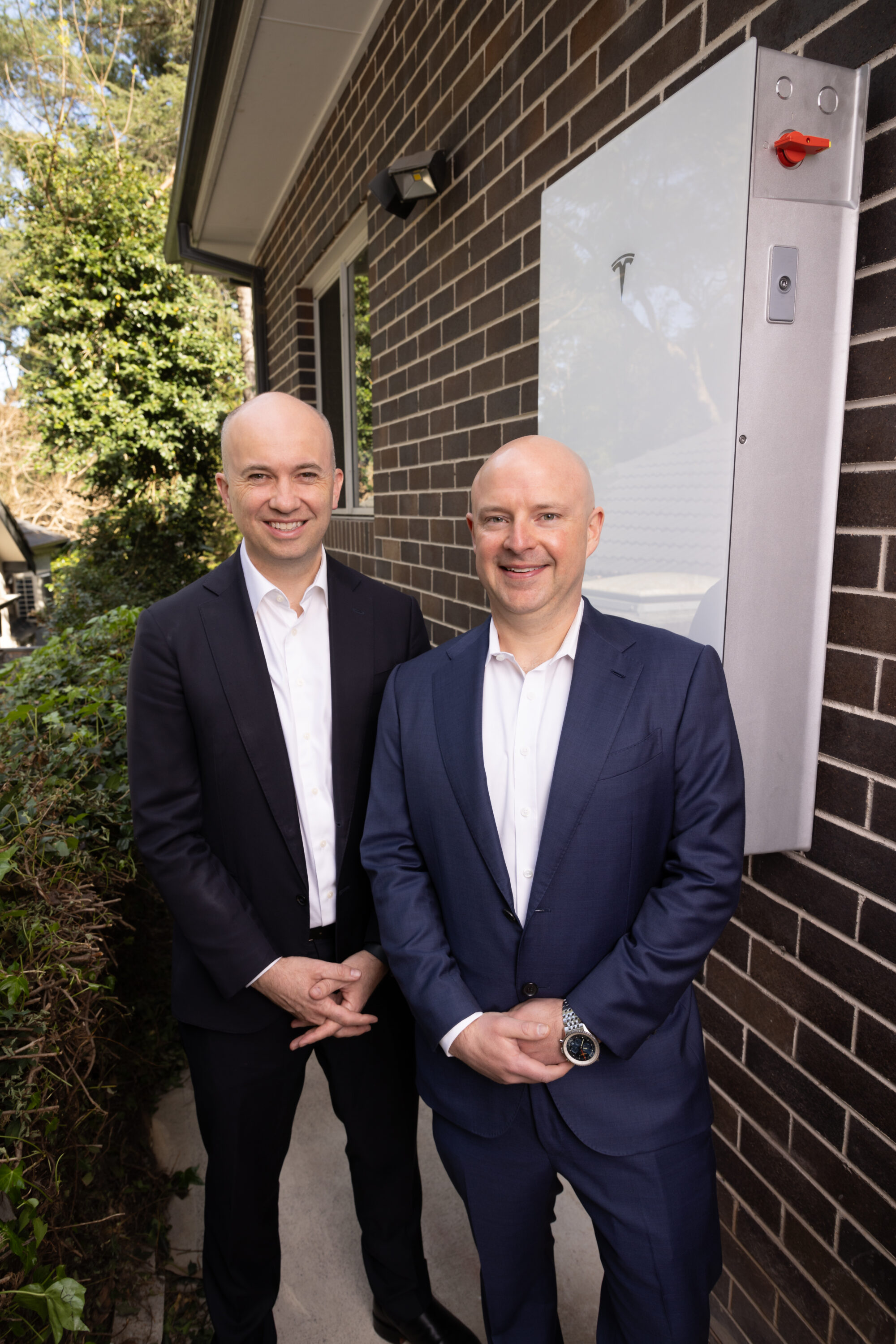
Researchers at the University of Massachusetts Amherst say they have found a way to generate electricity from the humidity in the air that surrounds us. Their research was published in the journal Advanced Materials on May 5, 2023. Here is the abstract from that study:
“Air humidity is a vast, sustainable reservoir of energy that, unlike solar and wind, is continuously available. However, previously described technologies for harvesting energy from air humidity are either not continuous or require unique material synthesis or processing, which has stymied scalability and broad deployment. Here, a generic effect for continuous energy harvesting from air humidity is reported, which can be applied to a broad range of inorganic, organic, and biological materials.
“The common feature of these materials is that they are engineered with appropriate nanopores to allow air water to pass through and undergo dynamic adsorption–desorption exchange at the porous interface, resulting in surface charging. The top exposed interface experiences this dynamic interaction more than the bottom sealed interface in a thin-film device structure, yielding a spontaneous and sustained charging gradient for continuous electric output.
“Analyses of material properties and electric outputs lead to a ‘leaky capacitor’ model that can describe how electricity is harvested and predict current behaviors consistent with experiments. Predictions from the model guide the fabrication of devices made from heterogeneous junctions of different materials to further expand the device category. The work opens a wide door for the broad exploration of sustainable electricity from air.”
Electricity From The Air Happened By Accident
It is amazing how many advances in science and technology happen by accident. The glue on sticky notes that is barely able to hold a piece of paper to your refrigerator door resulted from research by 3M into adhesives that could attach the wings of an aircraft to the fuselage. WD-40 was so named because it was the 40th failed attempt to find a substance that would repel water from hard surfaces — like airplane wings.
“To be frank, it was an accident,” Professor Jun Yao of the UMass Amherst School of Engineering, and lead author of the study, told The Guardian. “We were actually interested in making a simple sensor for humidity in the air. But for whatever reason, the student who was working on that forgot to plug in the power.”
The UMass Amherst team were surprised to find that the device, which was comprised of an array of microscopic tubes, or nanowires, was producing an electrical signal regardless. Each nanowire was less than one thousandth of the diameter of a human hair, wide enough so that an airborne water molecule could enter, but so narrow the water molecule would bump around inside the tube. They eventually figured out that each bump gave the material a small charge. As the frequency of bumps increased, one end of the tube became differently charged from the other. “So it’s really like a battery,” says Yao. “You have a positive pull and a negative pull, and when you connect them the charge is going to flow.”
For their recent study, Yao’s team have moved on from nanowires, and instead are punching millions of tiny holes, or nanopores, into various materials. The device they have come up with is the size of a thumbnail and one-fifth the thickness of a human hair. It can generate roughly one microwatt — enough to light a single pixel on a large LED screen.
So what would it take to power the rest of the screen, or indeed a whole house, The Guardian asked? “The beauty is that the air is everywhere,” said Yao. “Even though a thin sheet of the device gives out a very tiny amount of electricity or power, in principle, we can stack multiple layers in vertical space to increase the power.”
“The air contains an enormous amount of electricity,” he added. “Think of a cloud, which is nothing more than a mass of water droplets. Each of those droplets contains a charge, and when conditions are right, the cloud can produce a lightning bolt, but we don’t know how to reliably capture electricity from lightning. What we’ve done is to create a human built, small scale cloud that produces electricity for us predictably and continuously so that we can harvest it.”
Why The Bumblebee Can’t Fly
For years, scientists have puzzled over the lowly bumblebee. According the laws of aerodynamics, it is too fat and too heavy to be able to stay aloft and move through the air. And yet, there they are outside our windows in summer, buzzing contentedly from one flower to another.
There’s a lesson there, should we choose to heed the evidence that is right before our eyes, a lesson summed up best by Melvin Van Peebles, who said, “A bumblebee can’t fly. He’s aerodynamically unsound. But he doesn’t know that.” [There is actually a delightful video from the Smithsonian that explains exactly how the bumblebee flies. It has nothing to do with this article, but it is worth watching nonetheless.]
Professor Svitlana Lyubchyk and her twin sons, Andriy and Sergiy, have been investigating the possibility of making electricity from the humidity in the air since 2015. In the beginning, “We were considered the freaks — the guys who were saying something completely impossible,” Andriy told The Guardian.
They have since founded CascataChuva, a London-based startup that is seeking to commercialize the technology. To date, it has secured €5.5 million in funding from the European Innovation Council. The result is a thin grey disc 4 centimeters in diameter. According to the Lyubchyks, one of these devices can generate a relatively modest 1.5 volts and 10 milliamps. However, 20,000 of them stacked into a washing machine-sized cube could generate 10 kilowatt hours of power a day — about as much electricity as a typical home in the UK uses every day. They expect to have a prototype ready for demonstration in 2024.
Peter Dobson, emeritus professor of engineering science at Oxford University, has been following both the UMass Amherst and Catcher teams’ research, and is optimistic. “When I first heard about it, I thought, ‘Oh yes, another one of those.’ But no, it’s got legs, this one has. If you can engineer and scale it, and avoid the thing getting contaminated by atmospheric microbes, it should work.”
Even once the remaining challenge of connecting thousands of these devices together has been overcome, cost remains a significant issue. “All new technologies for energy need to think of the ‘green premium’,” says Colin Price, a professor of geophysics at Tel Aviv University, referring to the additional cost of choosing a clean technology over one that emits more greenhouse gases. “The green premiums are huge at the moment for this technology, but hopefully would be reduced by R&D, investments, tax breaks for clean energies, and levies on dirty energies.”
Price is right, of course, but one only need look at the cost history of solar power to understand the possibilities here. Solar panels originally were OMG expensive and put out just a paltry trickle of electricity. Today, they make electricity more cheaply than any other source.
The Lyubchyks estimate that the levelized cost of energy — the average net present cost of electricity from a generator over its lifetime — from these devices will indeed be high at first, but by moving into mass production, they hope to lower it significantly, ultimately making this hygroelectric power competitive with solar and wind. For that to work, though, they’ll need investment, access to raw materials, and the equipment to process them.
The team accepts that it may take years to optimize a prototype and scale up production, but if they’re successful, the benefits are clear. Unlike solar or wind, hygroelectric generators could work day and night, indoors and out, and in many places. The team even hopes one day to make construction materials from their devices. “Imagine you can construct parts of a building using this material,” Andriy says. “There’s no need to transfer the energy, no need for infrastructure.”

A Hat Tip To Nikola Tesla
Nearly a century ago, Nikola Tesla dreamed of making limitless electricity from the air around us. He thought of the Earth and upper atmosphere as two ends of an enormous battery. Tesla was considered a crackpot, a sideshow like the geeks in the carnival who made their living by biting the heads off chickens. [That is in fact the derivation of the word “geek.”] His ideas were too outlandish, too far outside the box, for the scientific community to take seriously.
And yet, today his ideas are widely recognized as simply ahead of their time. Elon Musk even named Tesla Motors in his honor. Will we ever get a significant amount of electricity from the air? Who knows? When the first LEDs were created, they were so dim nobody thought they would ever have any practical uses. Yet today they are used for the headlights in our automobiles.
Henry Ford famously said, “Whether you think you can, or think you can’t, you’re right.” Professor Yao and his team and Svitlana Lyubchyk and her sons think they are right, and their beliefs may transform human history.
I don’t like paywalls. You don’t like paywalls. Who likes paywalls? Here at CleanTechnica, we implemented a limited paywall for a while, but it always felt wrong — and it was always tough to decide what we should put behind there. In theory, your most exclusive and best content goes behind a paywall. But then fewer people read it! We just don’t like paywalls, and so we’ve decided to ditch ours. Unfortunately, the media business is still a tough, cut-throat business with tiny margins. It’s a never-ending Olympic challenge to stay above water or even perhaps — gasp — grow. So …




